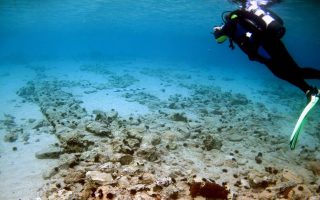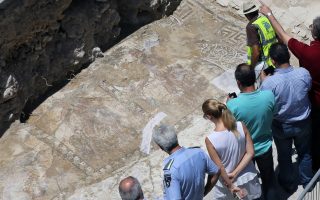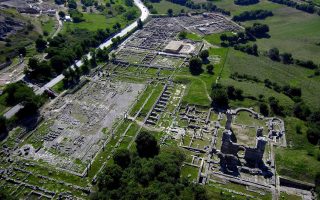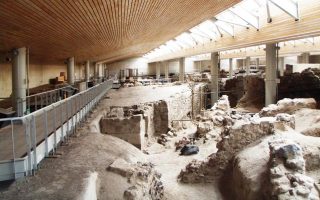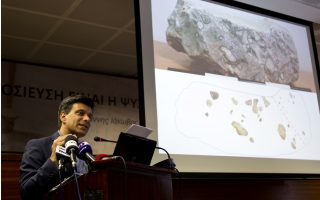Ancient teenage skeleton unearthed on mountain top could confirm darkest Greek legend
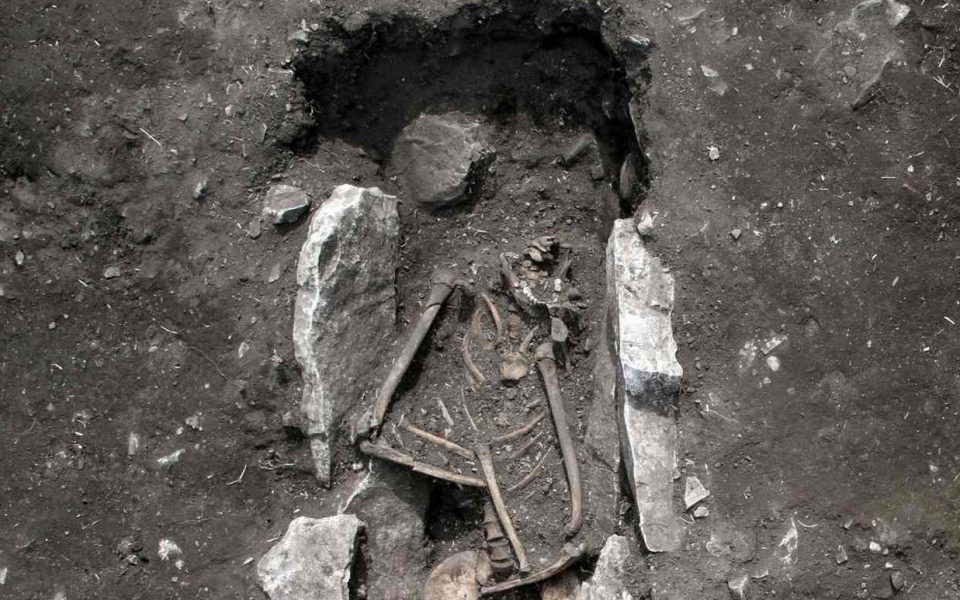
Archaeologists have made a sinister discovery at the top of a Greek mountain which might corroborate one of the darkest legends of antiquity.
Excavations this summer on Mount Lykaion, once worshipped as the birthplace of the god Zeus, uncovered the 3,000-year-old skeleton of a teenager amid a mound of ashes built up over a millennium from sacrificed animals.
Greece’s Culture Ministry said Wednesday that the skeleton, probably of an adolescent boy, was found in the heart of the 30-meter (100-foot) broad ash altar, next to a man-made stone platform.
Excavators say it’s too early to speculate on the nature of the teenager’s death but the discovery is remarkable because the remote Mount Lykaion was for centuries associated with the most nefarious of Greek cults: Ancient writers — including Plato — linked it with human sacrifice to Zeus, a practice which has very rarely been confirmed by archaeologists anywhere in the Greek world and never on mainland Greece.
According to legend, a boy was sacrificed with the animals and all the meat was cooked and eaten together. Whoever ate the human part would become a wolf for nine years.
“Several ancient literary sources mention rumours that human sacrifice took place at the altar, but up until a few weeks ago there has been no trace whatsoever of human bones discovered at the site,” said excavator David Gilman Romano, professor of Greek archaeology at the University of Arizona.
“Whether it’s a sacrifice or not, this is a sacrificial altar … so it’s not a place where you would bury an individual. It’s not a cemetery,” Romano told The Associated Press. A very unusual detail, he said, was that the upper part of the skull was missing, while the body was laid among two lines of stones on an east-west axis, with stone slabs covering the pelvis.
The mountaintop in the Peloponnese region is the earliest known site where Zeus was worshipped, and even without the possible human sacrifice element it was a place of massive slaughter. From at least the 16th century B.C. until just after the time of Alexander the Great, tens of thousands of animals were killed there in the god’s honour.
Human presence at the site goes back more than 5,000 years. There’s no sign yet that the cult is as old as that, but it’s unclear why people should otherwise choose to settle on the barren, exposed summit.
Pottery found with the human remains dates them to the 11th century B.C., right at the end of the Mycenaean era, whose heroes were immortalized in Greek myth and Homer’s epics, and several of whose palaces have been excavated.
So far, only about 7 percent of the altar has been excavated, between 2007-2010 and again this year.
[AP]

